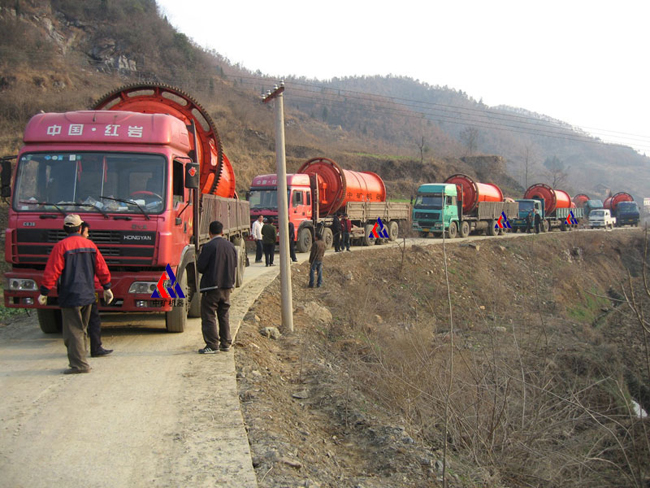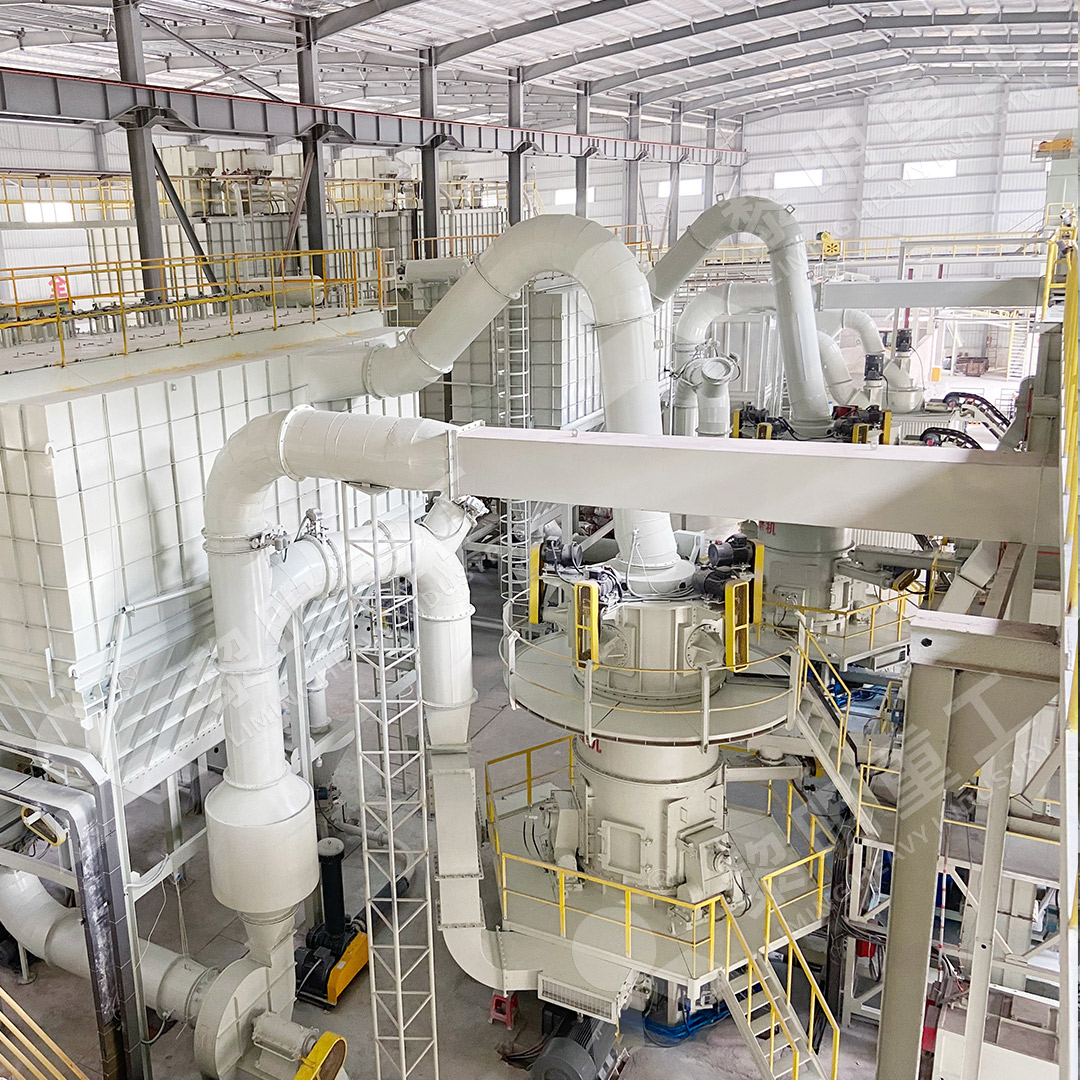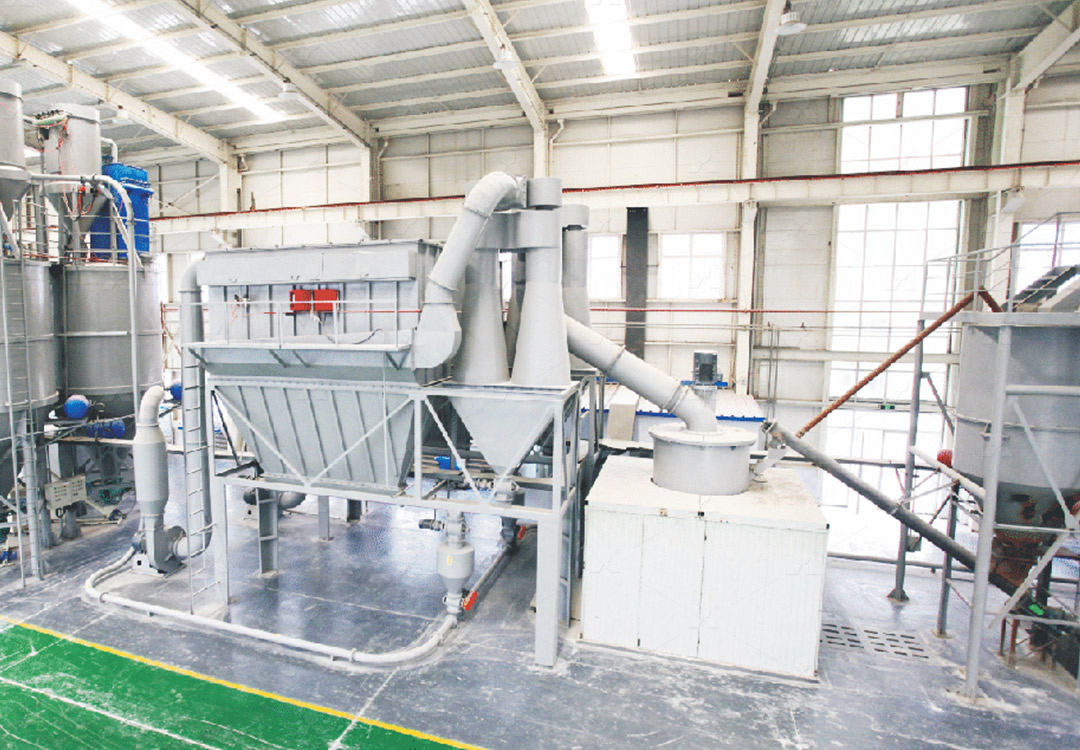Clinker Grinding: Ball Mill vs. Roller Mill – Comparison and Selection Guide
Clinker Grinding: Ball Mill vs. Roller Mill – Comparison and Selection Guide
Choosing the right equipment for clinker grinding is a critical decision that impacts productivity, energy consumption, and the final product quality. The two primary workhorses in this field have traditionally been the Ball Mill and various types of Roller Mills. Each has its distinct advantages and operational philosophies.
The Traditional Workhorse: Ball Mill
Ball Mills are the classic choice for cement grinding. They operate on a simple principle: a horizontally mounted rotating cylinder filled with grinding media (steel balls). As the mill rotates, the balls cascade and impact the clinker, crushing it into a fine powder.

Advantages: They are robust, reliable, and can handle a wide variety of materials. Their design is well-understood, and they are less sensitive to feed size fluctuations.
Disadvantages: The main drawback is their high energy consumption. A significant amount of energy is wasted on the rotation of the heavy drum and on wear of the grinding media and liners. They are also noisy and have a larger footprint compared to vertical systems.
The Modern Contender: Roller Mill
Roller Mills, particularly vertical roller mills (VRM), represent a more modern approach. They utilize large rollers that hydraulically press against a rotating grinding table, crushing the clinker through compression and shear forces.

Advantages: The key benefit is dramatically lower energy consumption—typically 30-50% less than a ball mill for the same duty. They also have a much smaller footprint, integrated drying capabilities for moist materials, and produce less noise.
Disadvantages: VRMs can be more sensitive to variations in material hardness and feed size. The grinding process is also more complex, potentially requiring more sophisticated operational expertise.
Head-to-Head Comparison
| Factor | Ball Mill | Vertical Roller Mill (VRM) |
|---|---|---|
| Energy Consumption | High | Low (30-50% savings) |
| Footprint | Large | Compact |
| Noise Level | High | Moderate |
| Drying Capacity | Limited (needs separate dryer) | Excellent (integrated) |
| Maintenance | Media & liner replacement | Roller & table wear parts |
| Product Flexibility | High | Good |
The Superior Choice for Ultra-Fine Applications
For operations that demand ultra-fine powders beyond the capabilities of standard VRMs or ball mills, a specialized solution is required. This is where our MW Ultrafine Grinding Mill excels. Designed for customers needing to make ultra-fine powder, it’s a game-changer.
With an input size of 0-20 mm and a capacity range of 0.5-25 tph, it’s incredibly versatile. Its cage-type powder selector, incorporating German technology, allows for precise fineness adjustment between 325-2500 meshes, achieving a remarkable d97≤5μm in a single pass. Crucially, it delivers higher yield with lower energy consumption—its system energy use is only 30% of a jet mill. The absence of rolling bearings and screws in the grinding chamber eliminates common failure points, and the integrated pulse dust collector ensures eco-friendly, dust-free operation.

Selection Guide: Which One is Right For You?
- Choose a Ball Mill if: You prioritize proven robustness, are grinding highly abrasive materials, or need maximum flexibility for product changes.
- Choose a Vertical Roller Mill if: Your top priorities are minimizing energy costs and physical footprint, and you need to grind raw materials with moderate moisture.
- Choose our MW Ultrafine Grinding Mill if: Your process requires extremely fine powders (325-2500 mesh), you demand the highest energy efficiency, and require an environmentally clean, low-maintenance operation for materials like limestone, calcite, or talc.
Ultimately, the best choice depends on a careful evaluation of your specific raw materials, desired product specifications, and operational costs. For modern, high-efficiency grinding, roller mill technology, and particularly our advanced MW series, offers compelling advantages that are hard to ignore.
